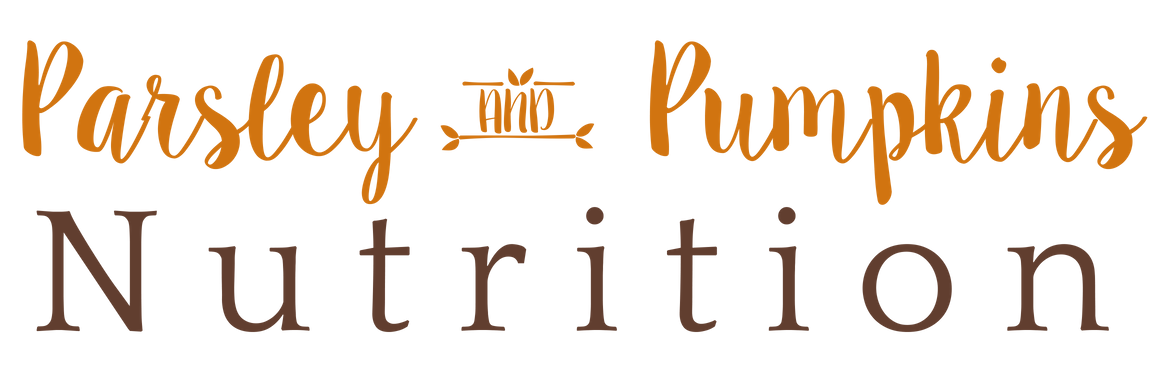Yes, fertility charting does work for PCOS
I’ve had a number of women tell me that they don’t do fertility awareness tracking because they heard it doesn’t work for women with PCOS.
This is a really simple misunderstanding that I want to clear up right now. Women with PCOS absolutely can use fertility awareness and they should. Tracking your fertile signs gives you so much valuable information that you can’t get anywhere else.
And you might be surprised by what you learn. One of my clients was assuming she wasn’t ovulating because she has PCOS, but once we started charting her cycle, we found out she was ovulating every month. If she hadn’t started charting she would have been operating under the assumption that she wasn’t ovulating and spending time trying to figure that out, when instead charting helped us see what was actually going on and address the real problem.
The only other thing that comes close to charting is if you did hormone blood test every day, that chart would actually correlate perfectly to your fertility awareness chart. So unless you want to get your hormones tested every day, you should be charting your fertile signs. Especially if you have PCOS and even if your PCOS has caused you to not have a period in months. You can still get valuable information from your charts.
This article isn’t going to cover the nitty gritty of how to chart to your cycle. You can learn about how to chart in this article or in the Everyday Fertility course.
I think this misconception is so pervasive because of our reliance on technology to tell us about our fertility.
Charting PCOS: Using fertility prediction apps
Fertility apps rely on the calendar method with doesn’t work for PCOS and fertility devices rely on temperature tracking which is only one piece of the puzzle.
Fertility apps are super popular but they aren’t flexible enough for PCOS. PCOS doesn’t follow predictable cycles, women with PCOS often go months in between periods and it can change at any time. You can go from a 45 day cycle to a 108 day cycle. Computers and algorithms can’t easily predict fertile window for women with PCOS because of this.
To be clear, that is failing of the algorithm, not of you and you can use other methods to effectively chart your cycle with PCOS.
Charting PCOS: Using fertility devices
The other reason this misconception is so rampant is because of fertility devices, things like ovusense, tempdrop, and yono. They measure basal body temperature, which is a very important part of cycle tracking, but it’s only one part.
A temperature shift can indicate when ovulation happened. But it doesn’t tell you when it’s about to happen. It doesn’t tell you if your body is trying to ovulate and it’s not happening.
Many of these devices have warnings saying they may not work if you have PCOS.
Again, that’s a failing of that particular device, it doesn't mean charting in general doesn't work for PCOS. I remember clearly a session I had with a client who had started using one of these devices. The app was telling her that she hadn’t ovulated. She was so upset because you need to ovulate if you want to get pregnant and to her this meant that she wouldn’t be able to have kids. We talked together about how these apps work and why a computer algorithm can’t accurately predict what will happen in the future. She continued to use the device, in addition to charting all of her other fertile signs, and she ovulated about a week later.
Our hormones are the like the weather, we have lots of tools to predict what will happen, but there not always right.
A Better Way: Charting PCOS Manually
So what I teach my PCOS clients to do is chart their cycles manually. You can use an app to store the information, but we rely on your observations about 6-7 different things throughout your whole cycle. This gives us so much more information that technology isn’t capable of picking up for you. An app can’t observe all of these things, and devices can only observe one or two of them.
Charting your cycle with PCOS does take more effort than buying a device or installing an app, but it can give you information about your hormones that otherwise would cost you hundreds of dollars in lab testing to discover. Plus, having the skill of charting means that you can continue charting while you are using nutritional therapy to heal your hormones, so you can use your chart like a ruler to measure your progress.




